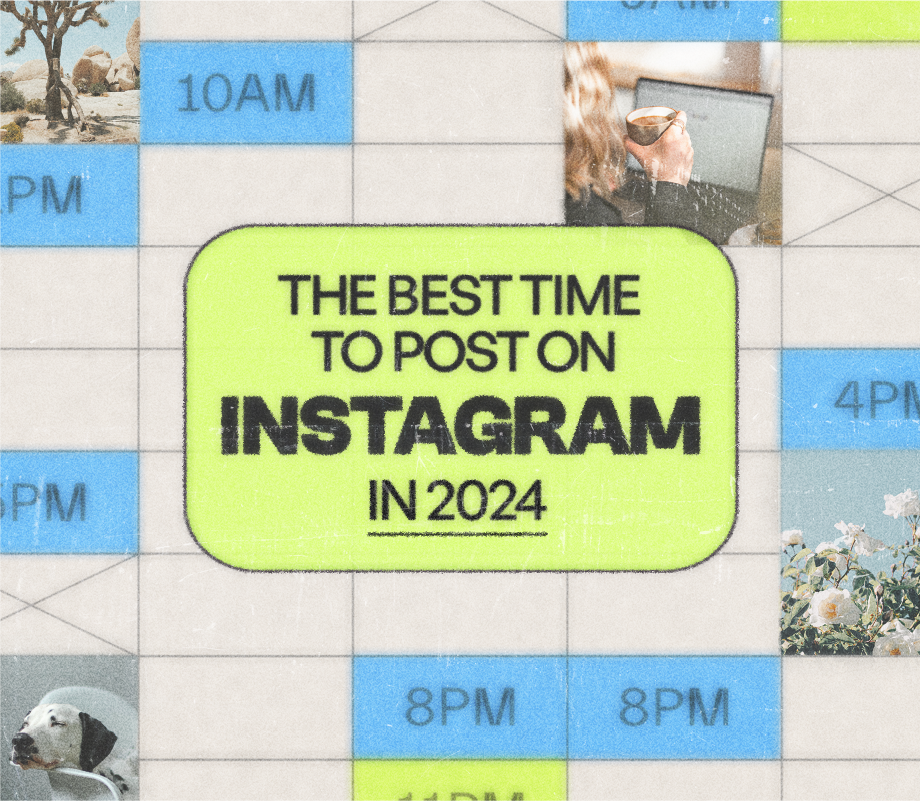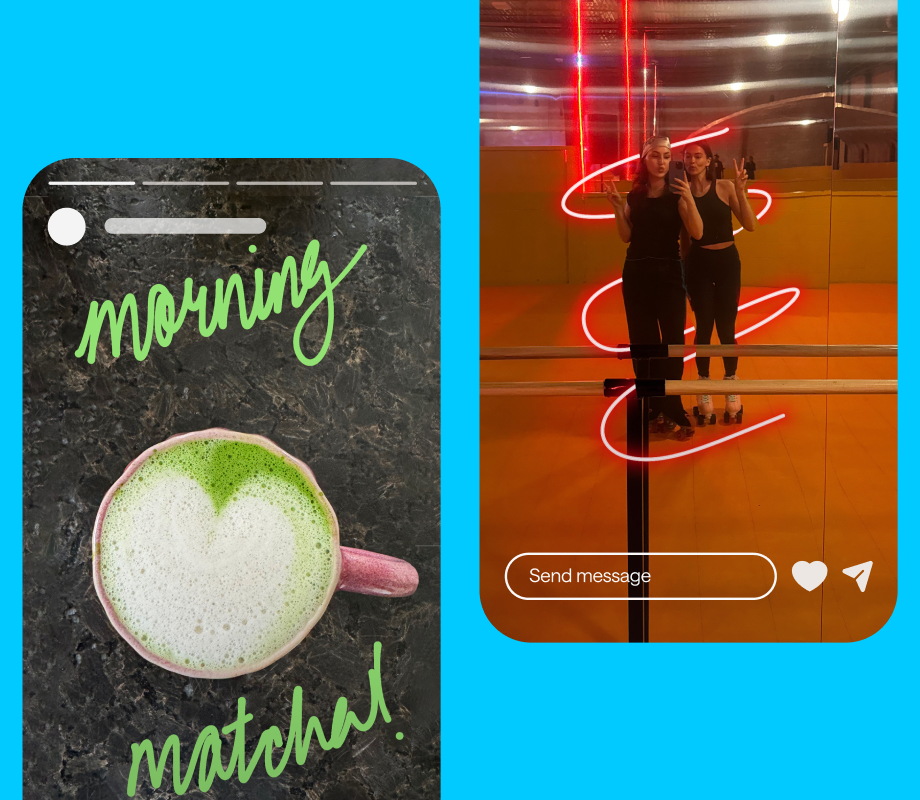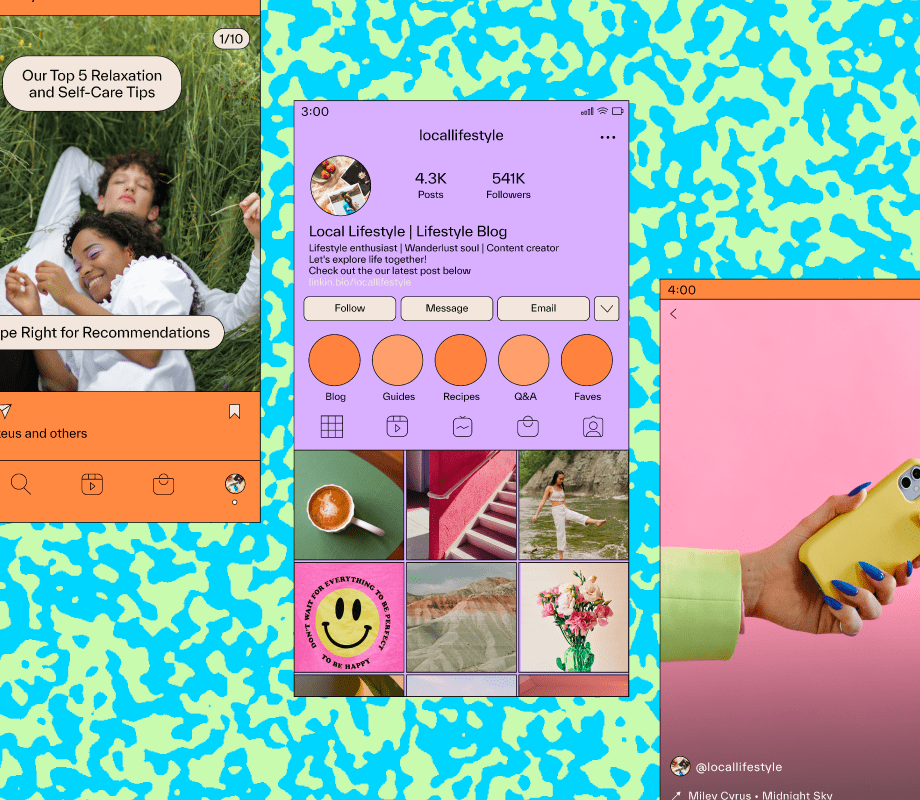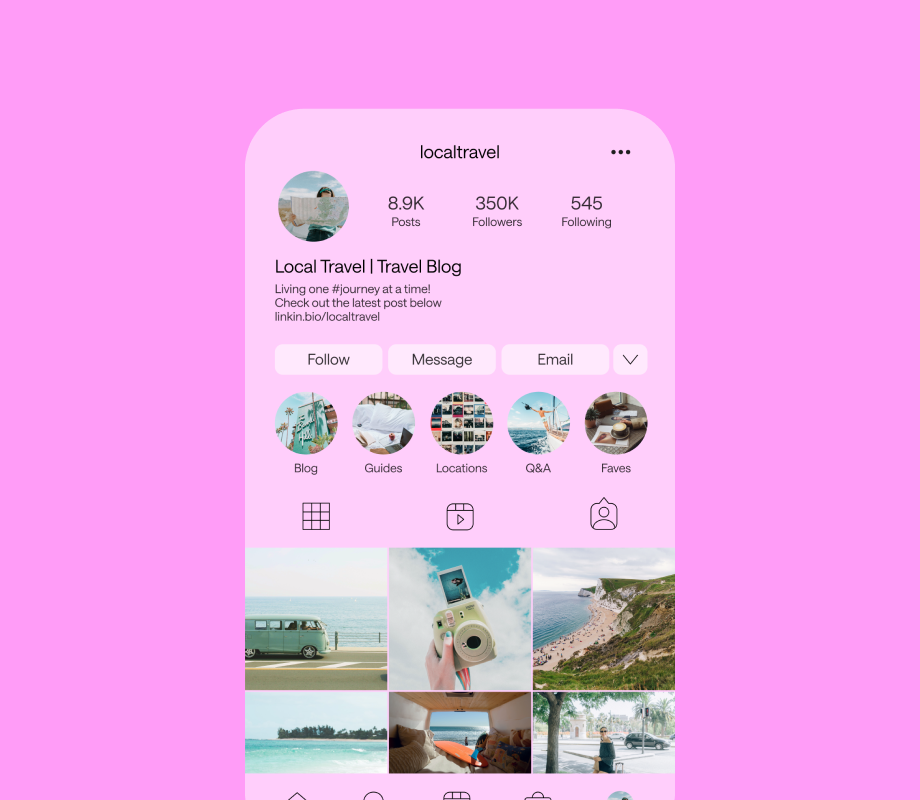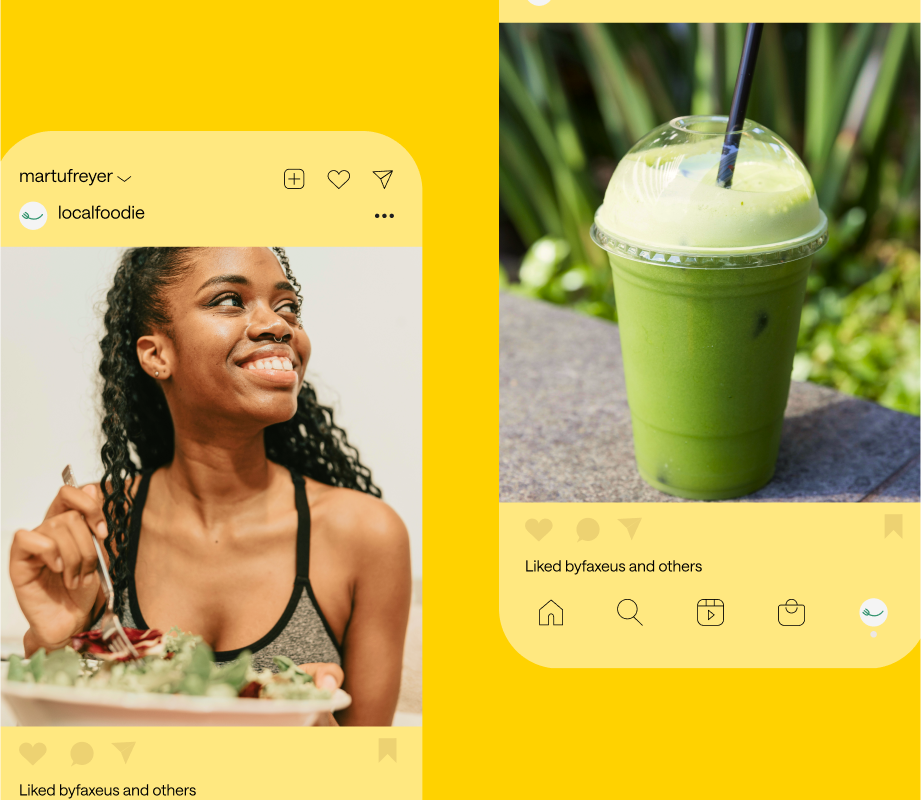Instagram Tips & Resources
515 Articles
Plan and schedule all your social posts in one place with Later
Plan and schedule all your social posts in one place with Later
Instagram Tips & Resources
Want to keep learning? Checkout The Ultimate Guide to Social Selling

